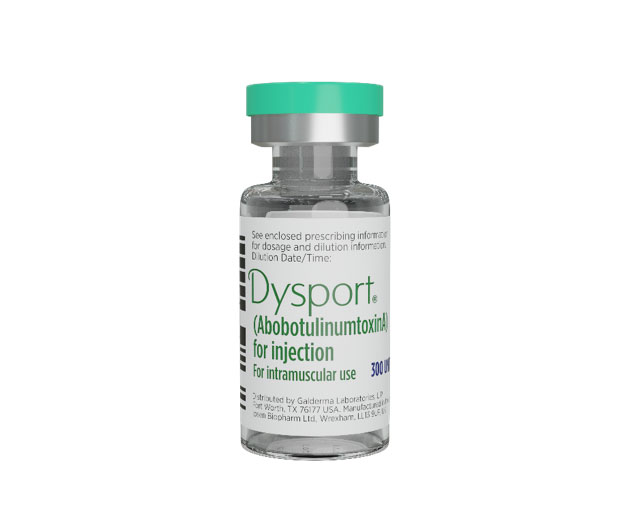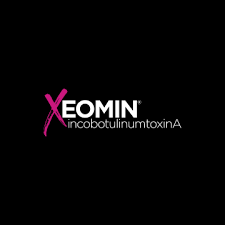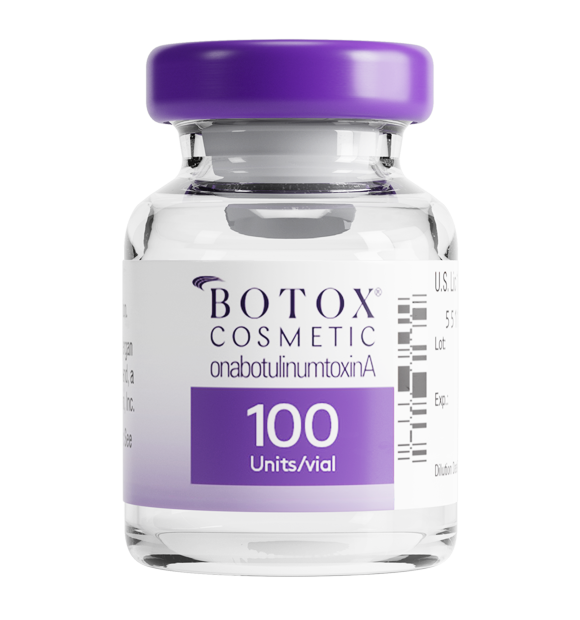Neurotoxins (like Botox) - Anti-Aging and Rejuvenation
Description
In cosmetic treatments, neurotoxin refers to botulinum toxin, a protein produced by the bacterium Clostridium botulinum. Botulinum toxin type A is the active ingredient in popular injectable treatments such as Botox, Dysport, and Xeomin. When injected in small, controlled doses, botulinum toxin has the ability to temporarily block the communication between nerve cells and muscles, resulting in muscle relaxation.
In cosmetic treatments, this muscle-relaxing property of botulinum toxin is used to reduce the appearance of wrinkles and fine lines, particularly those caused by repetitive muscle movements such as frown lines, forehead lines, and crow’s feet around the eyes. By relaxing the muscles responsible for these dynamic wrinkles, the skin appears smoother and more youthful.
The effects of botulinum toxin injections are temporary, typically lasting between 3 to 6 months, after which the treatment may need to be repeated to maintain the desired results. The injections are generally well-tolerated, with minimal downtime and side effects, which may include temporary redness, swelling, or bruising at the injection site.
It is essential to consult with a board-certified dermatologist, plastic surgeon, or cosmetic professional to determine if botulinum toxin injections are appropriate for your specific needs and to ensure a safe and effective treatment experience.


